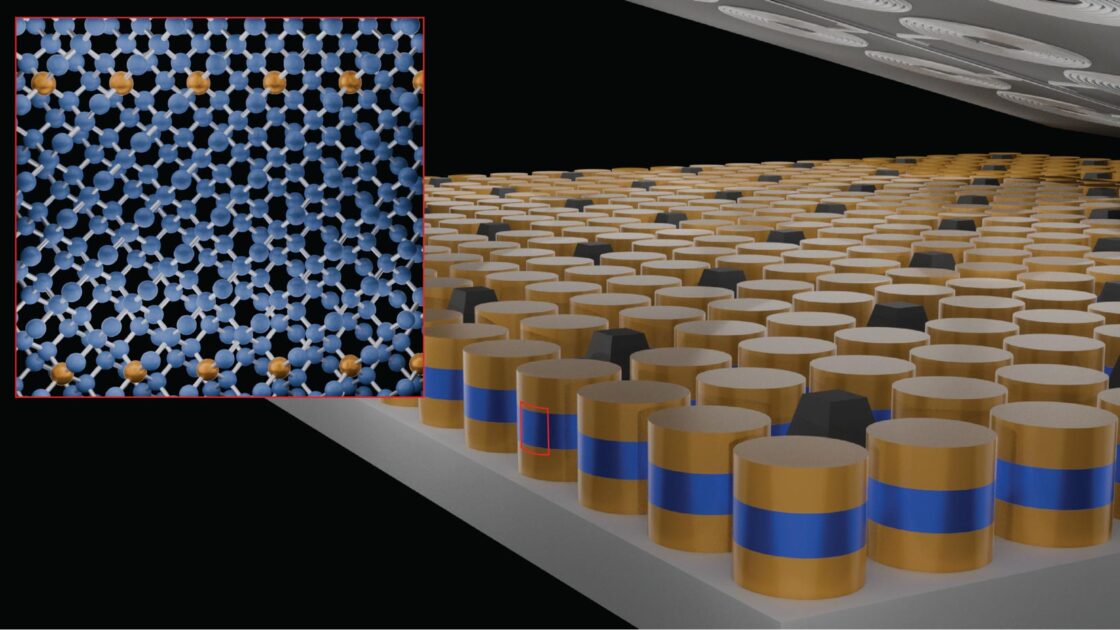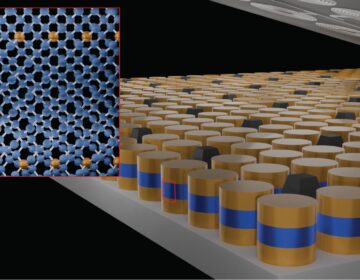Researchers have turned germanium, a common semiconductor, into a superconductor through precise atomic engineering. The advance could revolutionize future electronics and quantum circuits by eliminating energy loss.
For years, researchers have sought to design semiconductor materials that can also act as superconductors, thereby dramatically improving the performance and efficiency of technologies such as computer chips and solar cells. Combining the two properties could open the door to faster, energy-saving devices and help power next-generation quantum systems.
Turning this vision into reality has proven difficult. Materials such as silicon and germanium, the foundation of today’s electronics, have resisted efforts to achieve superconductivity because maintaining the precise atomic structure required for seamless electron movement is exceptionally challenging.
A team of international scientists has now taken a major step forward. In a recent Nature Nanotechnology study, they report creating a version of germanium that behaves as a superconductor. The material can carry electric current without any resistance, allowing electricity to circulate endlessly with no energy loss. This breakthrough could pave the way for faster, more efficient electronics that consume far less power.
“Establishing superconductivity in germanium, which is already widely used in computer chips and fiber optics, can potentially revolutionize scores of consumer products and industrial technologies,” says New York University physicist Javad Shabani, director of NYU’s Center of Quantum Information Physics and the university’s newly established Quantum Institute, one of the paper’s authors.
“These materials could underpin future quantum circuits, sensors, and low-power cryogenic electronics, all of which need clean interfaces between superconducting and semiconducting regions,” adds Peter Jacobson, a physicist at the University of Queensland and one of the paper’s authors. “Germanium is already a workhorse material for advanced semiconductor technologies, so by showing it can also become superconducting under controlled growth conditions there’s now potential for scalable, foundry-ready quantum devices.”







